ASSESSING CONSTRUCTION DEFECTS IN HIGH END FIT-OUT CONSTRUCTION
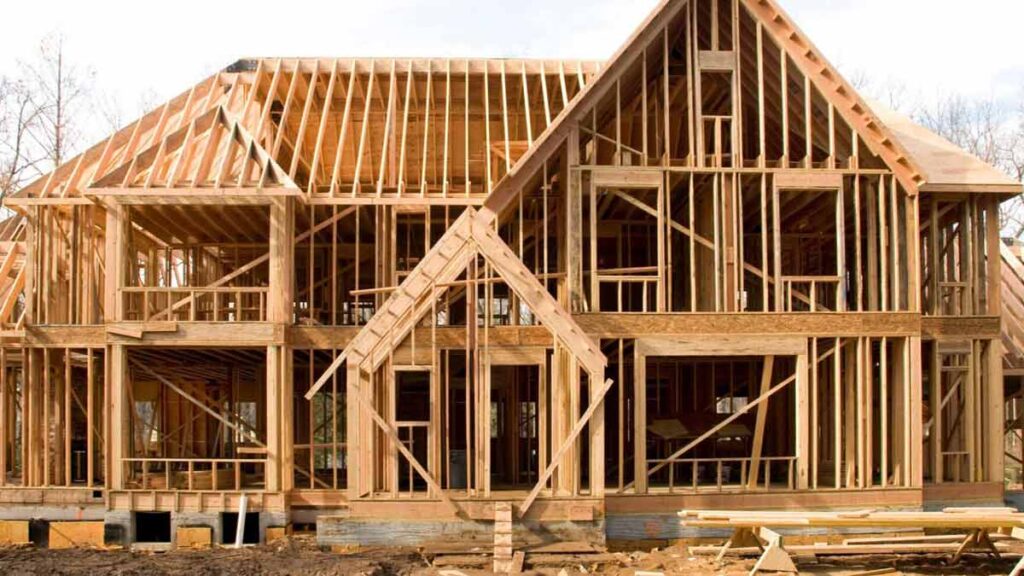

The science of assessing construction defects involves a fascinating array of possibilities depending on the nature of the work and its context. If you’re an attorney whose firm specializes in construction litigation, surely you have a leg up on the competition. In addition, you already know what to look for in terms of evidence, and seeking an expert. It is more difficult for attorneys who don’t specialize in construction to decide on the right expert to seek.
In heavy construction, several criteria are used to measure the most basic defects; for example, controlled inspections – such as engineer’s welding inspections, or concrete compression tests. These inspections are commonplace on larger, primarily public sector, projects. Such as core and shell (structural concrete and steel, curtain-wall, utilities, and main risers for HVAC, electrical, plumbing, and fire suppression. However, these are less common on smaller projects. An engineer’s inspection report may reveal a patent defect that can be remedied before adjoining works compound the problem; however, latent defects; or those that are discovered well after project completion may involve forensic analysis by an expert. Naturally, the liability of a latent defect has far more reverberations than a defect that can be corrected before the problem is compounded.
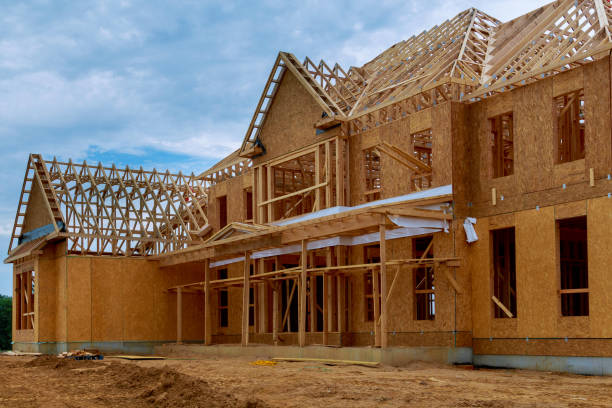
For example, some years ago, two developer towers were shovel-ready at the same time on New York City’s West Side Highway. Such works are routinely built in record time. However, in this instance, there were side bets as to who could top off first. In their haste, one of the towers realized a critical setback. Twenty-eight days after a concrete pour three floors below the working platform, the compression tests failed.
The contractor had to double back to shore, demolish the faulty decks, and repour them.
Despite the critical nature of the defect, the contractor was able to correct the problem. Eventually, he got back on schedule. If not for the compression test, the problem would have been overlooked until such time as the defect might become apparent well after turn-around (evidently the design mix reports were falsified by the inspector). Such a latent defect would be far more costly to remediate than correcting the defect close to the time it was manifested, such that the builder could move on.
Custom high-end residential construction must be differentiated from luxury residential construction. Whereas both niches are in the top price tier, luxury construction nowadays refers to condominiums with fit-outs designed by name brand architects and interior designers. The units all receive the same treatment. Such standardization keeps schedules moving forward and construction defects to a minimum. There is little time or interest in customizing luxury developer work, as customizations simply slow down the cycle.
The timeline from design through the build is considerably longer in custom high-end residential construction than it is in the developer market. There are no close working relationships between developer architects and condominium buyers. Building custom homes can best be described as a short, stormy, three-way marriage between the boutique architect, the well-heeled often arrogant owners, and the (frequently unethical or incompetent) contractor.
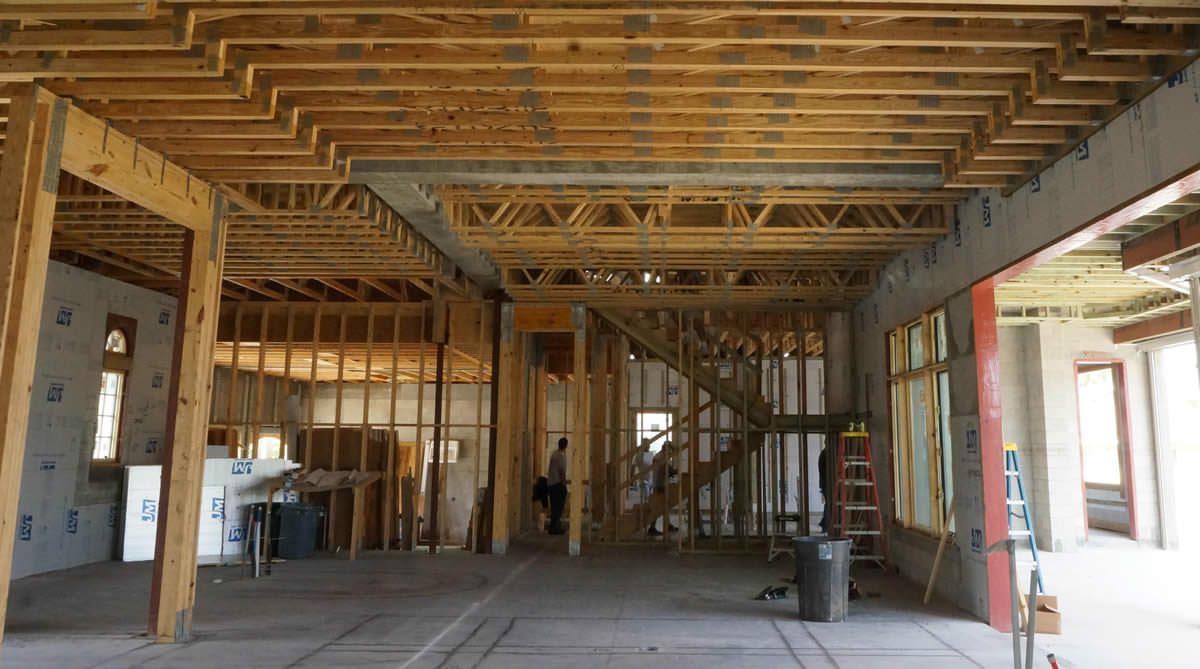
Custom high-end residential construction also features accomplished designers and architects; however, these designers are tasked with creating more or less customized designs according to each of their client's budgets. This is a considerably more difficult effort than developer work because the client’s input is dictating the process, and the architect and builder take a back seat. Custom building can be a long, drawn-out, tedious process that often gets uncomfortably personal.
Homeowners make for emotional clients. This is perfectly natural and to be expected. However; emotions and building typically make for poor bedfellows. One can never underestimate the mostly negative or counterproductive influence and impact this conflict can impose on the building process, and especially the mediation process. Legal professionals typically don’t have the patience to mollify their client’s every misgiving. Thus their homeowner case will be the most difficult to coordinate. It brings to mind a well-equipped one-liner from the movie A League of Their Own: “there’s no crying in baseball!
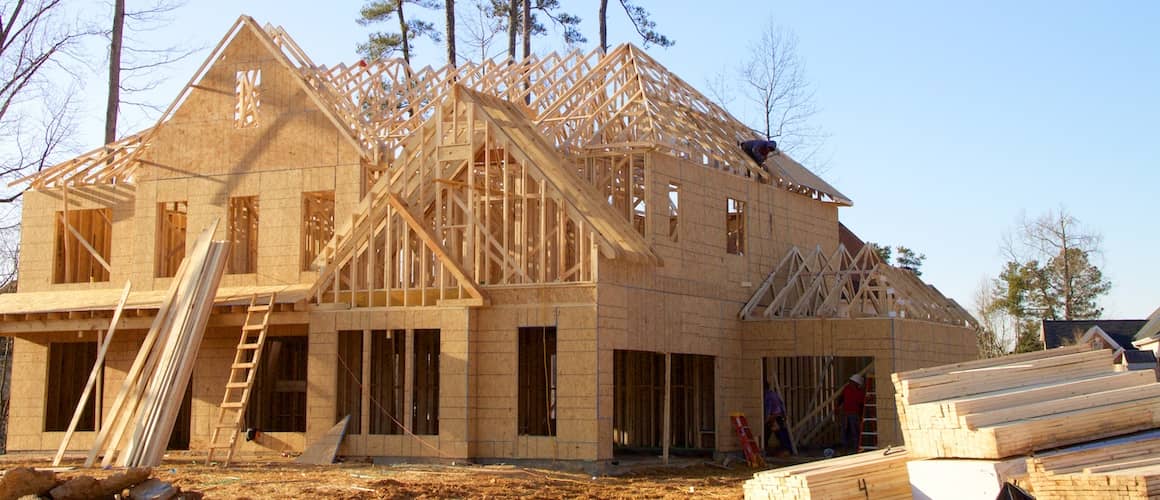
In defect litigation, engineer inspections and reports may be relied upon as compelling evidence of a given defect. This is because they are controlled documents issued by governing agencies. Fit-out projects are considerably less subject to the controlled inspections that core and shell works require. Therefore there will be much less documentation in terms of inspections.
The nature of defects in fit-outs is quite different from core and shell construction. Fit-out[i] defects pertain more to quality control and product warranty. Fit-out inspections are by and large performed by the project architect, who is typically the agent of the owner. This fickle relationship is discussed in the AIA B101. In many municipalities, mechanical contractors – plumbers, and electricians, may self-inspect their work, as architects may not sign off on engineering work without a PE.
When it comes to quality control during the interior fit-out or the phase after the core and shell of a structure, it is typically the architect’s approval of the installed work that denotes the “sign-off,” or final acceptance of the work.[ii] However, unlike controlled inspections and reports, quality control can be subjective, especially if aesthetics are involved. And nowhere else are aesthetics more highly scrutinized than in custom high-end construction. This is, of course, a highly subjective business. It reifies the larger point that there is little consensus in the industry as to what constitutes high-quality and superior workmanship.
Custom high-end construction projects have their own special criteria for quality control, which should be outlined in the project specifications. Some architects are more thorough than others in drafting specifications. Others will use a boiler-plate outline from a specifications consultant. Simply fill in the blanks, for things such as finishes and fixtures that may vary from job to job. Some architects are more particular than others in holding builders to the letter of the specifications. For different reasons, some will accept substitutes or work that is not quite up to a low-tolerance guideline.
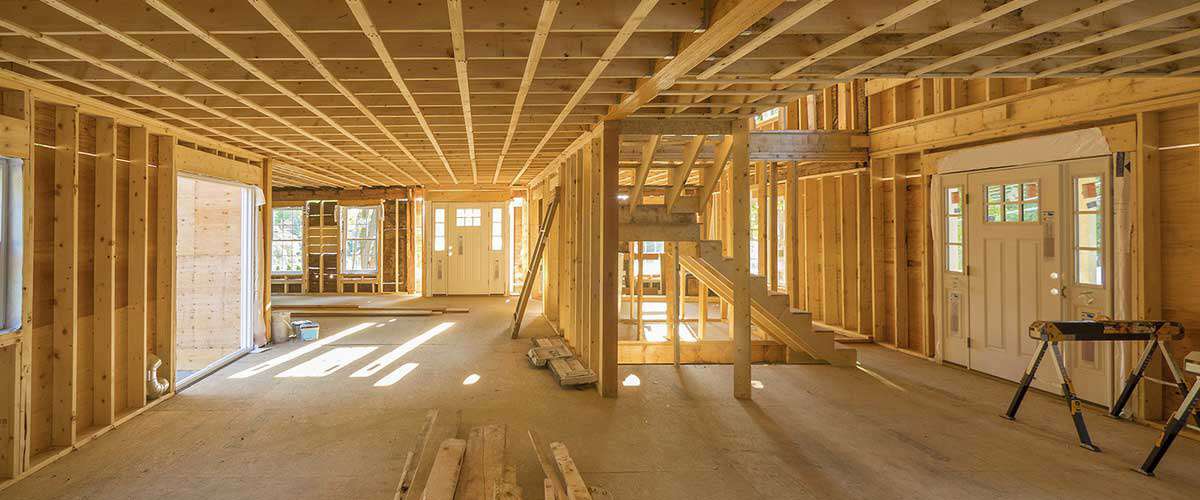
Thus, cases involving homeowners are particularly problematic for attorneys to negotiate. One reason for this is that most homeowners don’t have a substantial comprehension of the mechanics of the construction process, especially of the mediation process. It is incumbent on the attorney to educate their clients, so as to alleviate the unnecessary attendant anxiety. Savvy attorneys know how to involve their experts in such a way that they and their clients are given a rounded education of the nuances of construction claims and their particular cases. Attorneys who rely on their own experience are limited in their ability to educate their clients to the level that their experts would.
[i] Fit-out includes the interior walls, ceilings, finishes, and furniture, fixtures, and equipment (FFE)
[ii] Quality control is never a controlled inspection, and need not be performed by an engineer or an architect. Quality control is less of a concern in the core and shell stage, as those elements – save for the façade, will be hidden, and do not receive finishes.
Written by Derek Graham/ Expert Institute